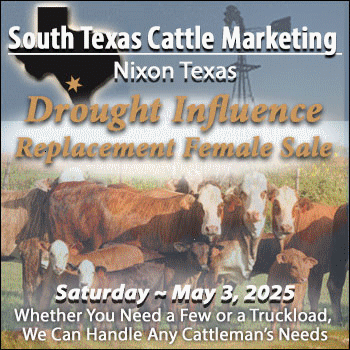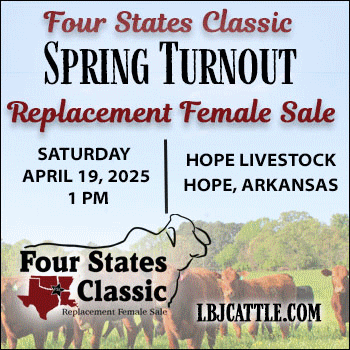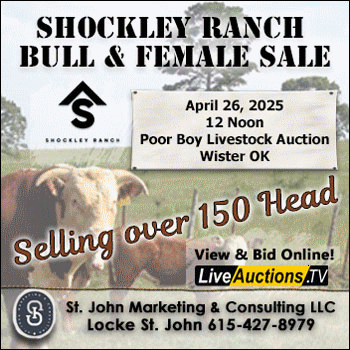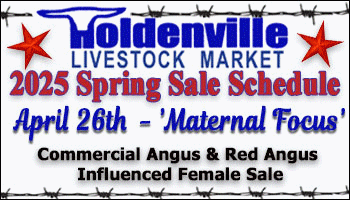Source: Matthew Diersen, Risk & Business Management Specialist, Ness School of Management & Economics, South Dakota State University
Guiding principles for managing price risk are to act when prices are high or profitable, when volatility is low, and before it is too late. These will be addressed in reverse order based on recent conditions. Hedgers sometimes have little choice about when they ultimately market cattle. Pastures can run low on forage or water. The feed supply may be running low. The target weights may be getting close. Laying out a marketing plan, even if it is rough or scratched out some place, guides when to take actions to selectively hedge risk. Opportunities may not present themselves, meaning it can get too late.
For much of 2023 the volatility in the cattle markets was very low. For risk management, volatility is the implied volatility of options on futures. Typically, it will be 10-15% for live and feeder cattle. If volatility is low compared to that range, then options will look favorable to a buyer and Livestock Risk Protection (LRP) premiums will look low. When cash and futures prices began to fall in late October the volatility began to increase from 12% to 16% for live cattle and from 13% to 19% for feeder cattle.
Recently, the implied volatility was above 19% for nearby live cattle contracts, with a little inversion or drop-off in the level for more deferred months. For feeder cattle, the volatility was above 21% for most months and strike prices. Thus, option and insurance premiums are higher for a given level of coverage. When coupled with lower price levels, the effective floor price from put options and LRP would be substantially lower than a month or two ago. The lack of any skew patterns suggests no obvious ways around the situation. If a floor must be bought, backing off the level is about the only recourse in the short run. Otherwise, one waits.
The lower prices have been discouraging hedgers from locking in prices using forward contracts or futures. For fed cattle, the AMS reports forward purchases by packers in LM_CT153. After a brief spike in new signings in late September the weekly volume of new contracts has fallen. However, for much of October and November the cumulative signings exceeded 1.0 million head. That was after a long stretch of below 1.0 million for the past year. Historically, the cumulative total tends to be around 1.5 million head.
The recent lower prices have likely discouraged feedlots from locking in unprofitable levels. Packers seemed to have filled their needs and then backed off in the short run. This leaves them with relatively low levels committed for much of 2024. The forward volume possibly explains some of the decline in the Commitment of Traders volume for producers. Large feedlots locking in fewer head may also, possibly, explain some of that decline. There has been a little decline in recent months in the small (non-reportable) short open interest. That may indicate smaller feedlots are not excited to hedge at these levels. The decline in small (non-reportable) short open interest is more pronounced in the feeder cattle open interest. Hedgers there seem to be closing instead of opening positions.















